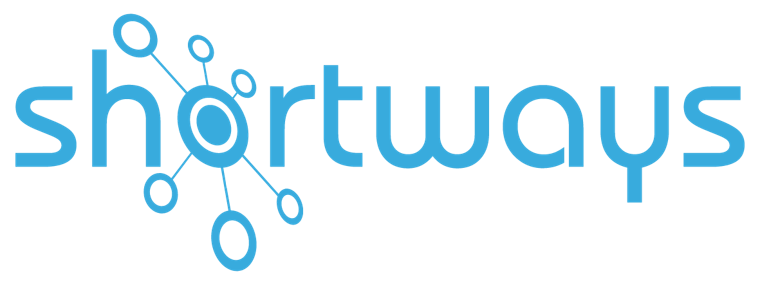Adoption is a crucial step that must not be neglected in projects but also once the application is deployed, in the RUN phase.
But it’s not an easy thing. Between a lack of time, divergent availability for training, resistance to change, or even application constraints, many factors will impact your ability to secure the correct appropriation of your HR software.
These factors, if not addressed, will lead to poor adoption. According to a study carried out among 65 companies, poor adoption of HRIS can have significant consequences for the HR function, the company and its employees.
This will not necessarily concern all users. It is difficult to see payroll managers generating their pay slip in Excel and passing the information by email to accounting, instead of using the payroll engine.
On the other hand, because they have not adopted the annual interview module of your HRIS, employees and their managers will perhaps return to the paper form, thus contributing to a particularly low completion rate of the interview campaign.
Tip 💡: communicate about your HRIS tool and its added value to encourage users to discover and use it. Support use with operating modes integrated into the screens.
However, when we know that 76% of data quality problems find their origins in user input, the link is clear between adoption and data quality.
Poor adoption of HRIS means poor understanding of the processes, the tool, and the data to be entered into it. Either because the user does not know the definitions of the values to be entered, or because the system authorizes the entry of data that is inconsistent with each other.
For example, employee administrative management data or TAM (Time and Activity Management) data have a direct impact on payroll.
In some organizations, we no longer count the numerous time-consuming and costly reprocessings to ensure error-free payroll or quality reporting.
Beyond the time lost in reprocessing data, it is a question of addressing the risk of an incident on the social climate if payroll errors are repeated, or bad decisions are made because HR indicators are distorted.
Tip 💡: organize the management of your data repositories, check entry to standardize formats. Inform your users when they make their entries so that they understand the definitions of the fields to be entered.
The financial impact of poor adoption is also linked to poor data quality as noted just above. Additional costs for reprocessing this data are necessary. Let’s take the example of an incorrect pay counter because employees entered their overtime incorrectly. At the end of the month, the company will overpay/underpay salaries. The following month, the employee will consult his manager to correct his error, involving reprocessing and discrepancies to regulate this already closed process.
Tip 💡: Put in place success indicators, including one oriented to ROI (Return on Investment). You will realize that delivering value with your HRIS requires very good adoption.
- HR managers because they waste time correcting errors and helping users avoid making them again.
- Managers because they are entrusted with tasks in the tool that they previously largely delegated.
- Users because they will not see the added value of the HRIS, faced with a complex tool and processes for which they have not been sufficiently supported. They will be unhappy about it and will influence the opinions of other users. The social climate in the company can even be altered if very sensitive points are affected (employee data or payroll errors).
Tip 💡: collect user feedback as much as possible to take the temperature of the field, adjust the project or application, and suggest improvements.
Tip 💡: organize regular follow-up round tables or set up a community with your HR contacts. Train them so that they know how to manage relationships with users.
Tip 💡: offer tools in line with the digital transformation taking place in your business, and support your users in getting started.
For users who are categorically resistant to change, a dependence is observed on support to correct problems rather than seeking answers independently. A surplus of support activity is therefore noted, often overloaded by the same recurring questions, reducing its cost/quality ratio. Level 1 support today takes up the majority of the HRIS team’s bandwidth, leaving little room for higher value-added tasks (implementing developments for example).
Tip 💡: Optimize your user support. Capitalize on the answers provided by support thanks to a freely accessible knowledge base and operating procedures answering the most frequently asked questions.
But it is also a significant risk for the quality of HR data and processes, which could lead to delays or errors that are costly to correct.
Therefore, the return on investment of the HRIS is not guaranteed. Especially since additional costs may be generated: data reprocessing, increased user support costs.
Other less quantifiable effects but just as important: the brand image of the HR function, employee satisfaction and even that of… future employees because it is the employer branding that is at stake.
👉 Most of the time, companies implement training and a user manual thinking that this will improve adoption. But is it really effective? This article will tell you more: 5 misconceptions about user manual
👉 To go further into the solutions, discover our 10 secrets to ensure the adoption of your HRIS: 10 Secrets to ensure the adoption of your HRIS





